Mixed media: Photographs, video, sound collage
The Playbook (2020 – )
In 2019, state budget proposals to build new Ho Chi Minh monuments once again made headlines. With each monument costing tens of millions of dollars, the plan sparked widespread criticism — especially in regions still struggling with poor infrastructure and social welfare issues. The controversy was nothing new, but its recurrence stirred my curiosity about these grand, costly structures quietly dotting the country’s landscape.
At the time, I had only seen two Ho Chi Minh monuments. Determined to see them all, I began seeking them out during every travel opportunity. On these journeys, I made a point of visiting every public monument dedicated to Ho Chi Minh, the embodiment of patriotism and nationalism in Vietnam, the figure whose teachings we’ve been made to memorize since childhood.
One morning at the monument in Pleiku City, I met two veterans tracing their old battlefield. We shared a conversation, and as we parted, they left me with a simple message: “Remember to love this country.”
Their words reminded me of the state propaganda I’d grown up with, yet they carried a different sentiment. Unlike those big slogans wrapped in vague, poetic ideals—where love for the homeland is inseparable from allegiance to the ruling party and the ideology of socialism—theirs was a love stripped of political overtones. It was a love rooted in the very soil, the people, the bonds, the culture, and the countless intricacies that make up Vietnam.
These photographs, taken during my search for Ho Chi Minh monuments across the country, were not originally conceived with political intent. Yet in retrospect, I see them as a portrait of a nation, exhausted by its ongoing struggle to define its political and cultural identity under authoritarian leadership. This body of work has become a personal attempt to understand how this land is evolving. At once tongue-in-cheek and sincere, it serves as my personal playbook to map out how to love this country.

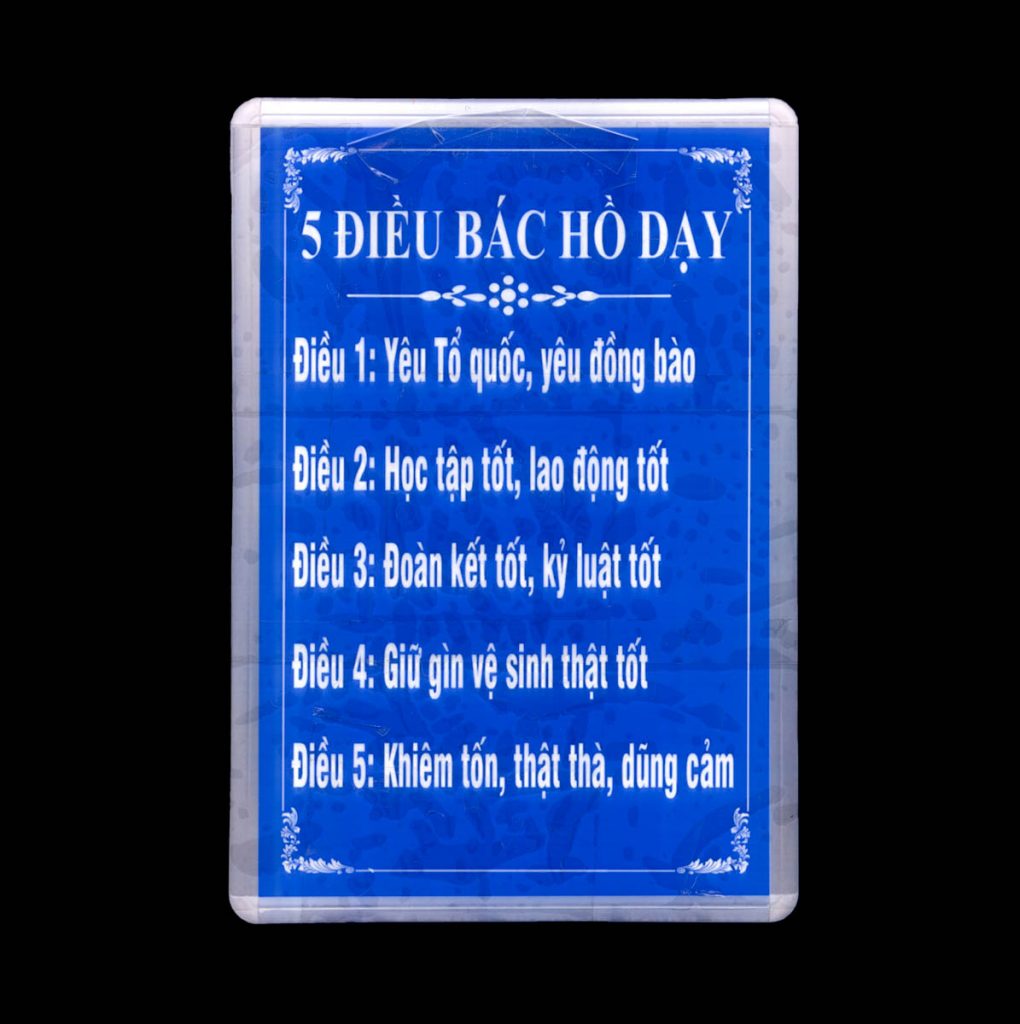




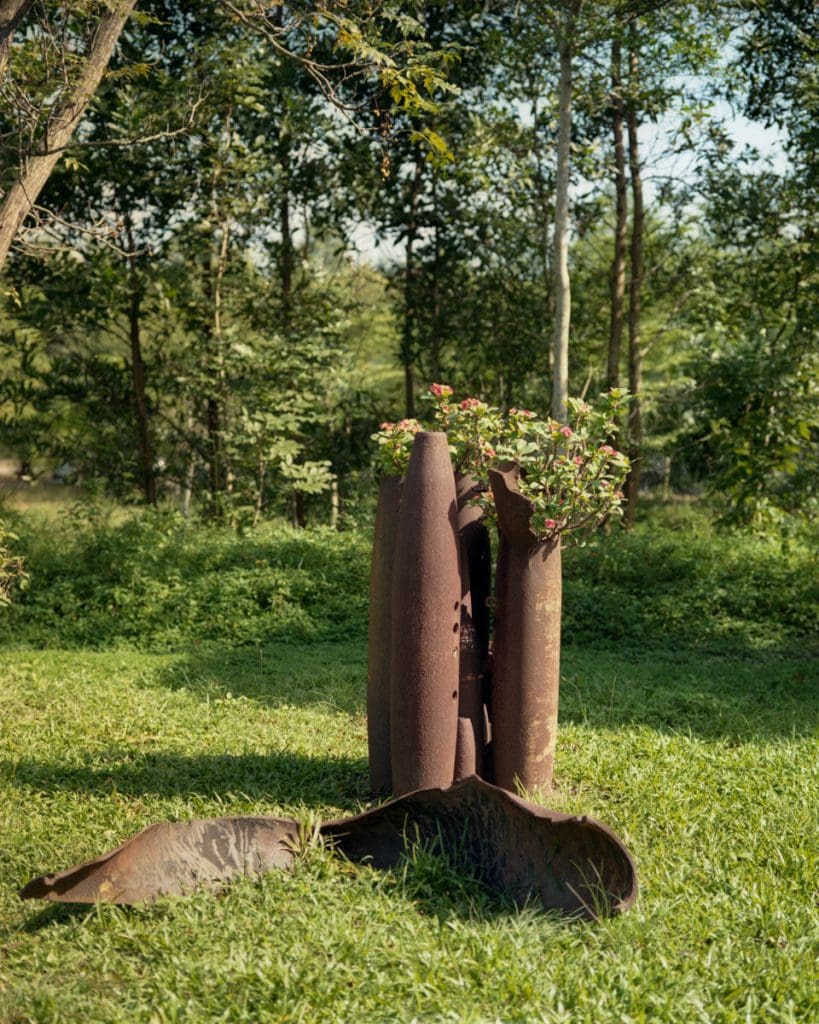

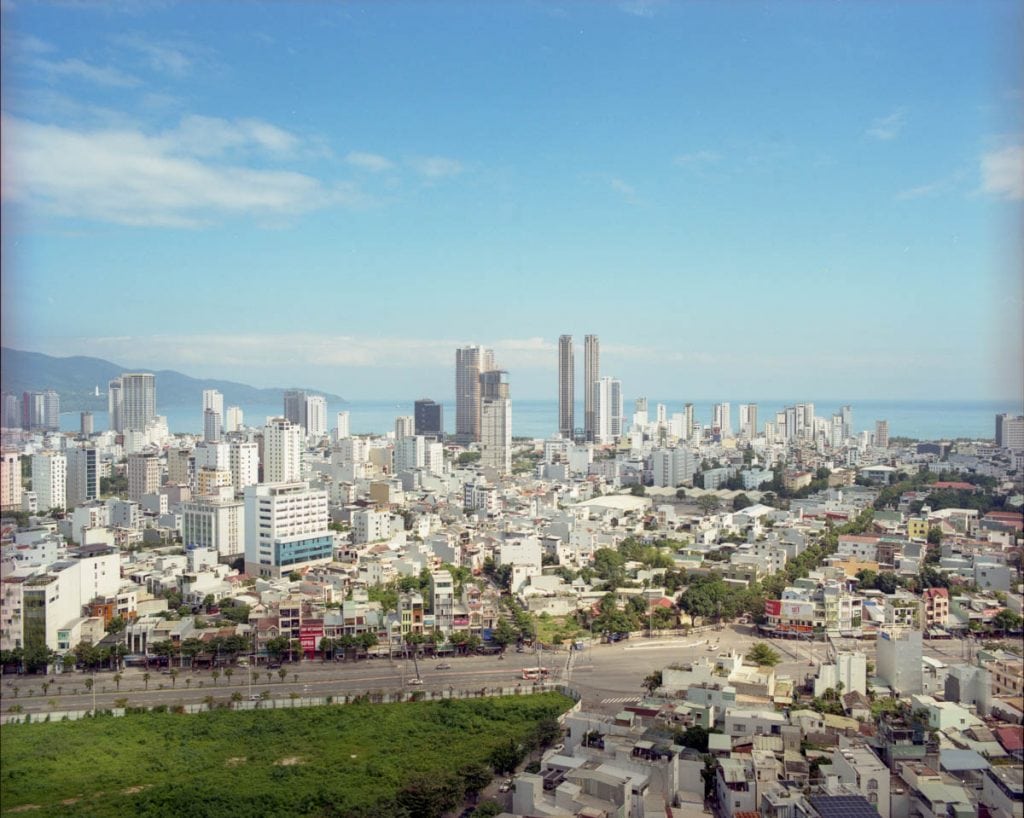

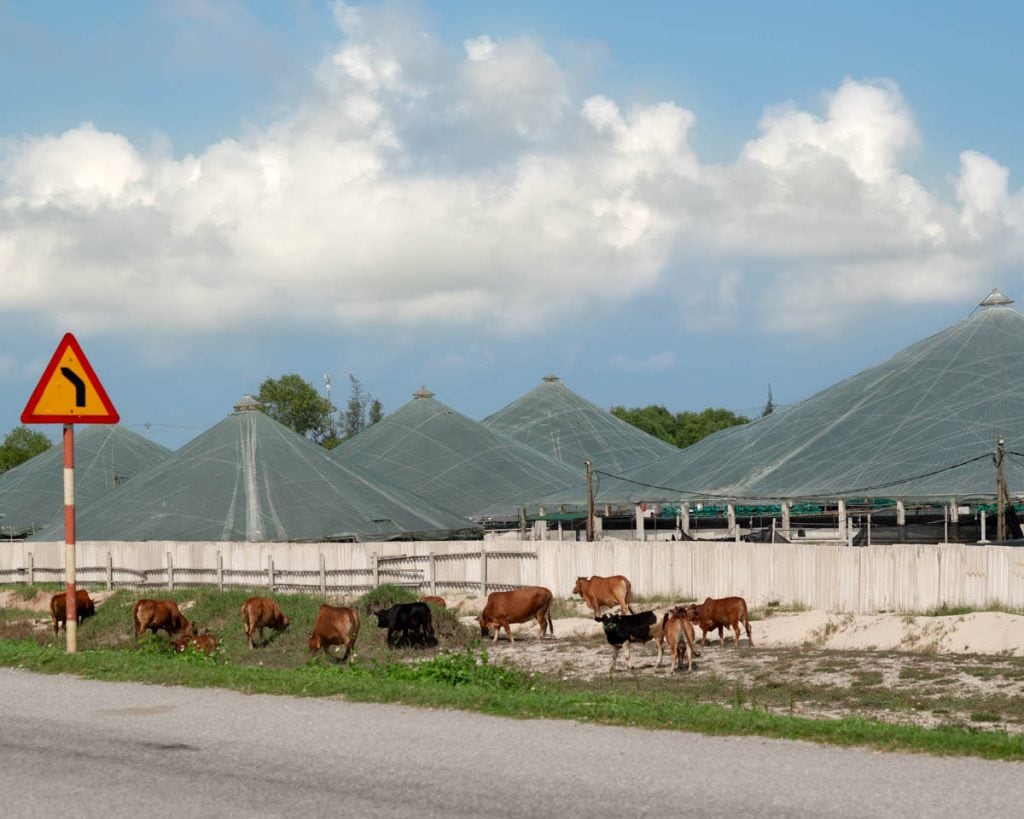




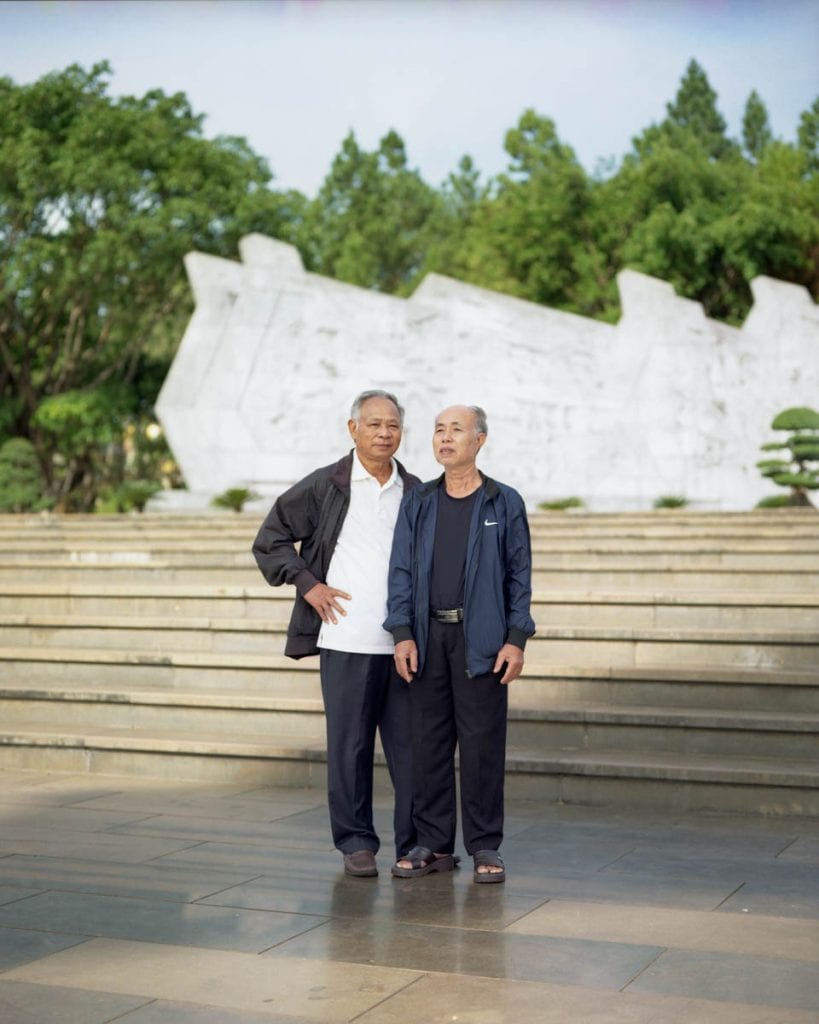


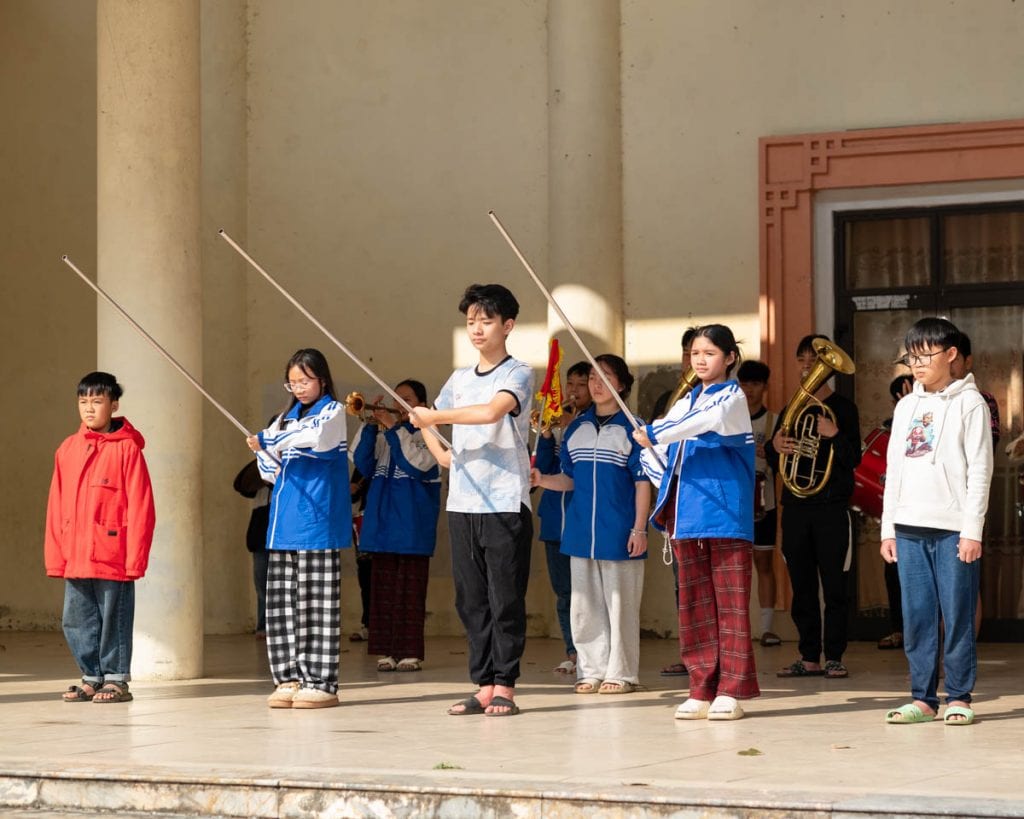


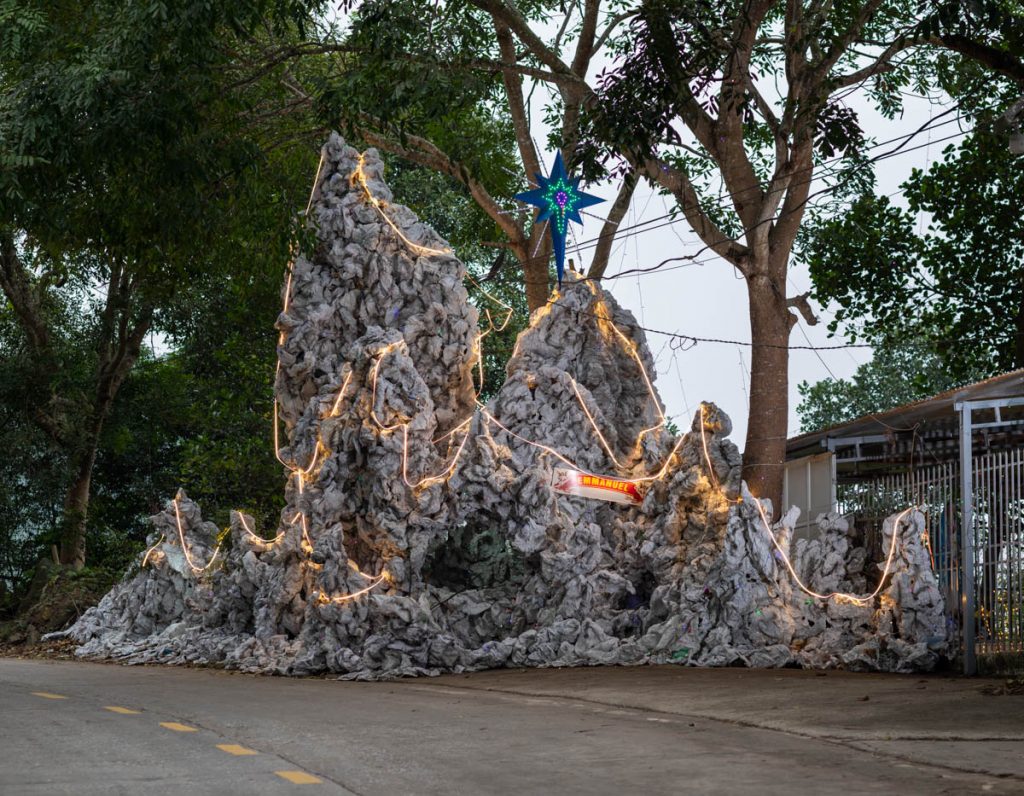

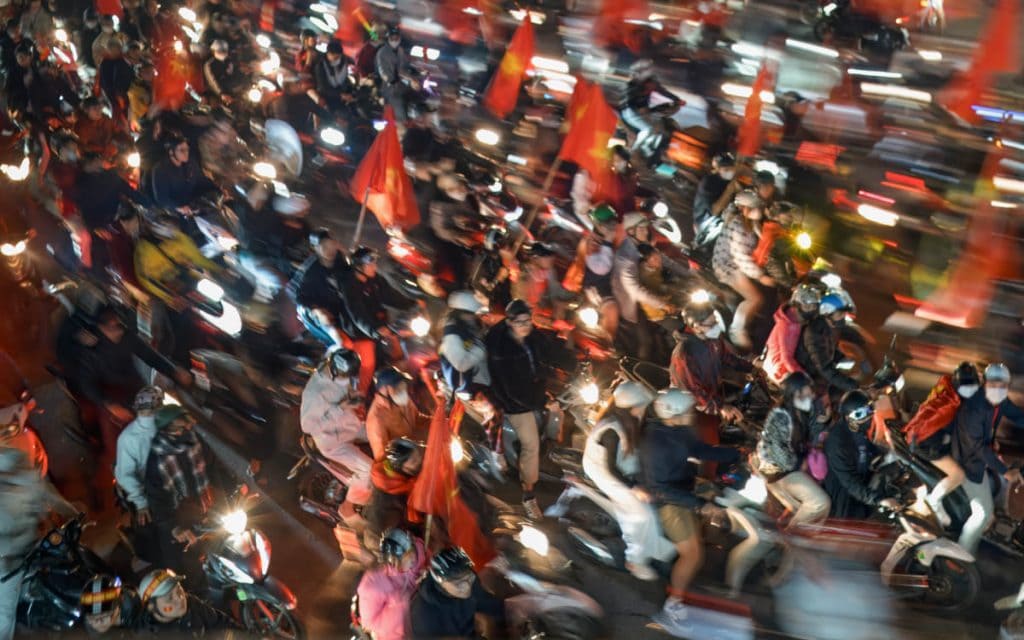
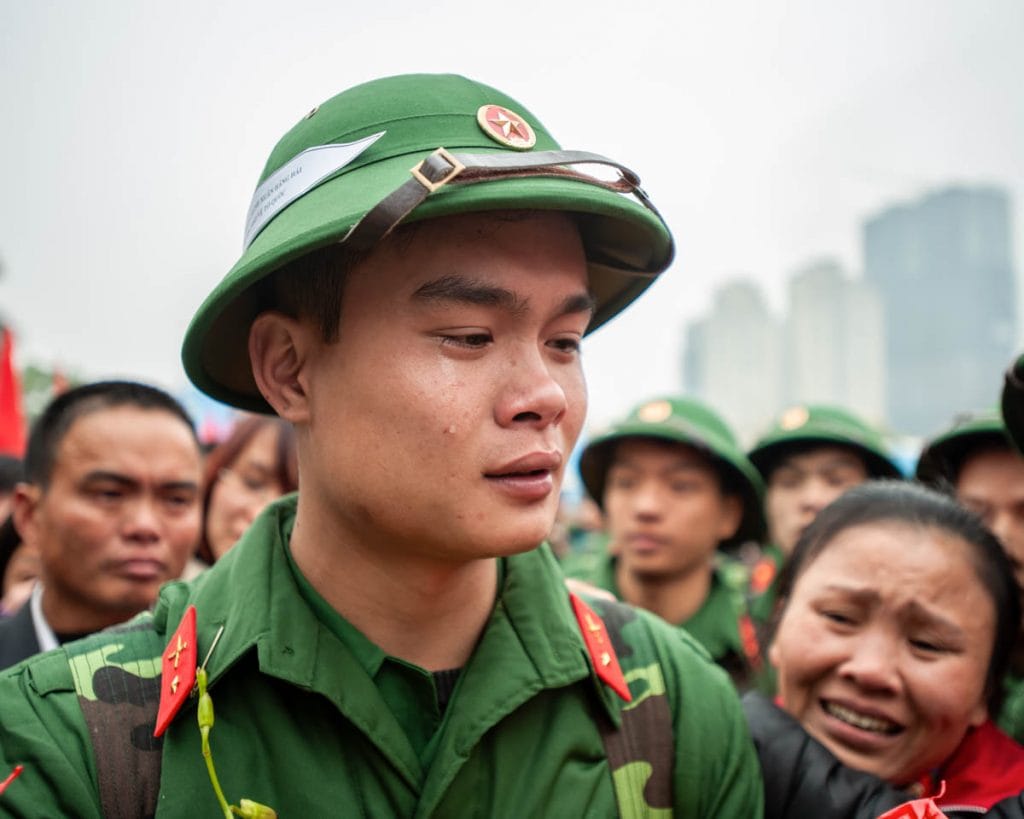
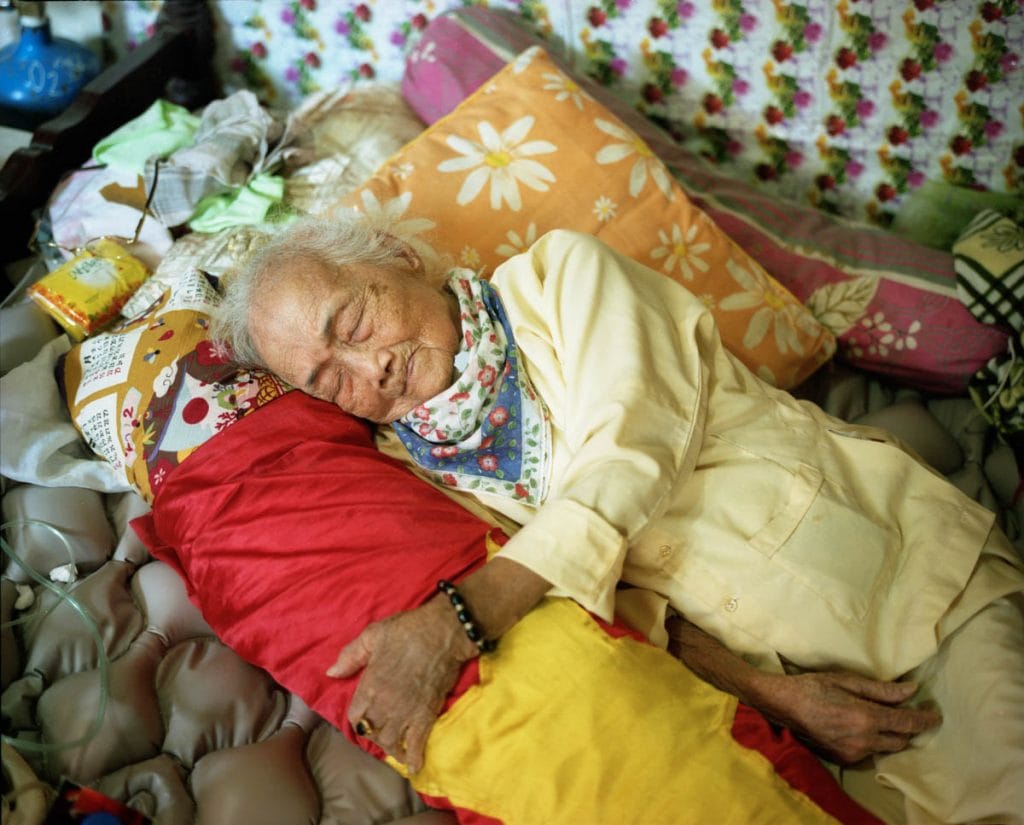
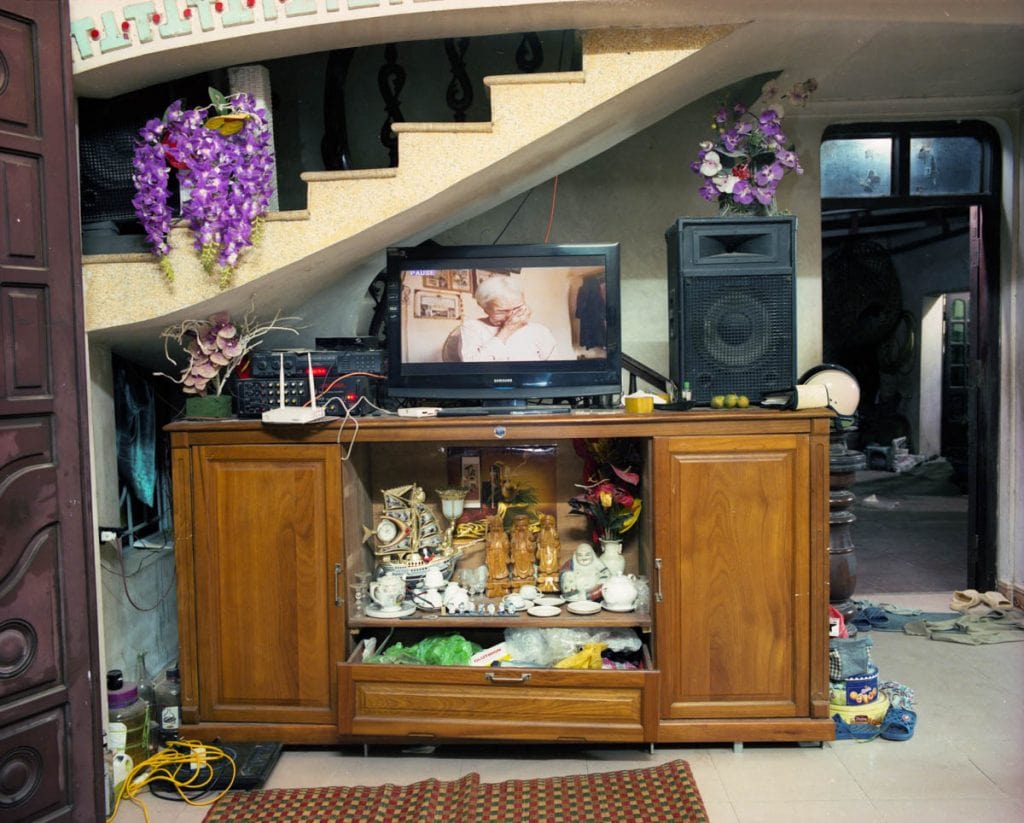
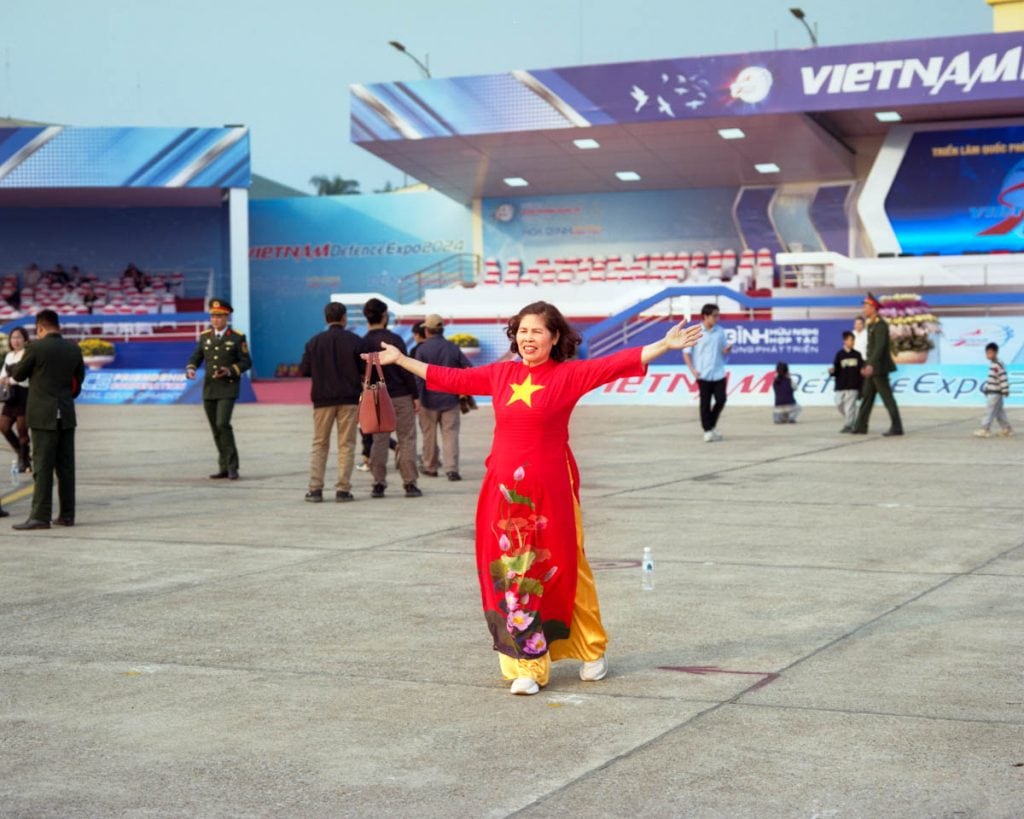
The Monument (2020 – )
The symbolic significance of Ho Chi Minh for Vietnamese authorities cannot be overstated. He acts as a potent instrument for upholding the ideals and tenets of the Vietnamese Communist Party, instilling in the country a sense of nationalism and allegiance.
The Monuments is an exploration of the ephemeral nature of memory within the public and personal realms. Set against the backdrop of Vietnamese history and cultural heritage, this work interrogates the relationship between the architectures of Hồ Chí Minh monuments—symbols of collective memory—and us, the individuals who interact with them. At the heart of the project lies the statues of President Hồ Chí Minh scattered across Vietnam. The statues’ solemn and revered presence not only reinforces a unified historical narrative and ideology, but at the same time, it reflects the fluidity of the meanings and purposes ascribed to them.
The project invites a reexamination of how we engage with history and its physical embodiments, reflecting on how the collective memory imposed by these monuments often overshadows individual narratives. Monuments are often erected to glorify and commemorate, but as time passes, they become relics not only of the past but also of how we have constructed and reconstructed the dominant narratives.
Inspired by the nation’s beloved fashion staple—the t-shirt adorned with the national flag or iconic tourist destinations—I began printing images of Hồ Chí Minh monuments onto t-shirts. The project recontextualizes these solemn monuments as wearable, everyday artifacts, offering a fresh take on patriotic fashion for the Vietnamese people.
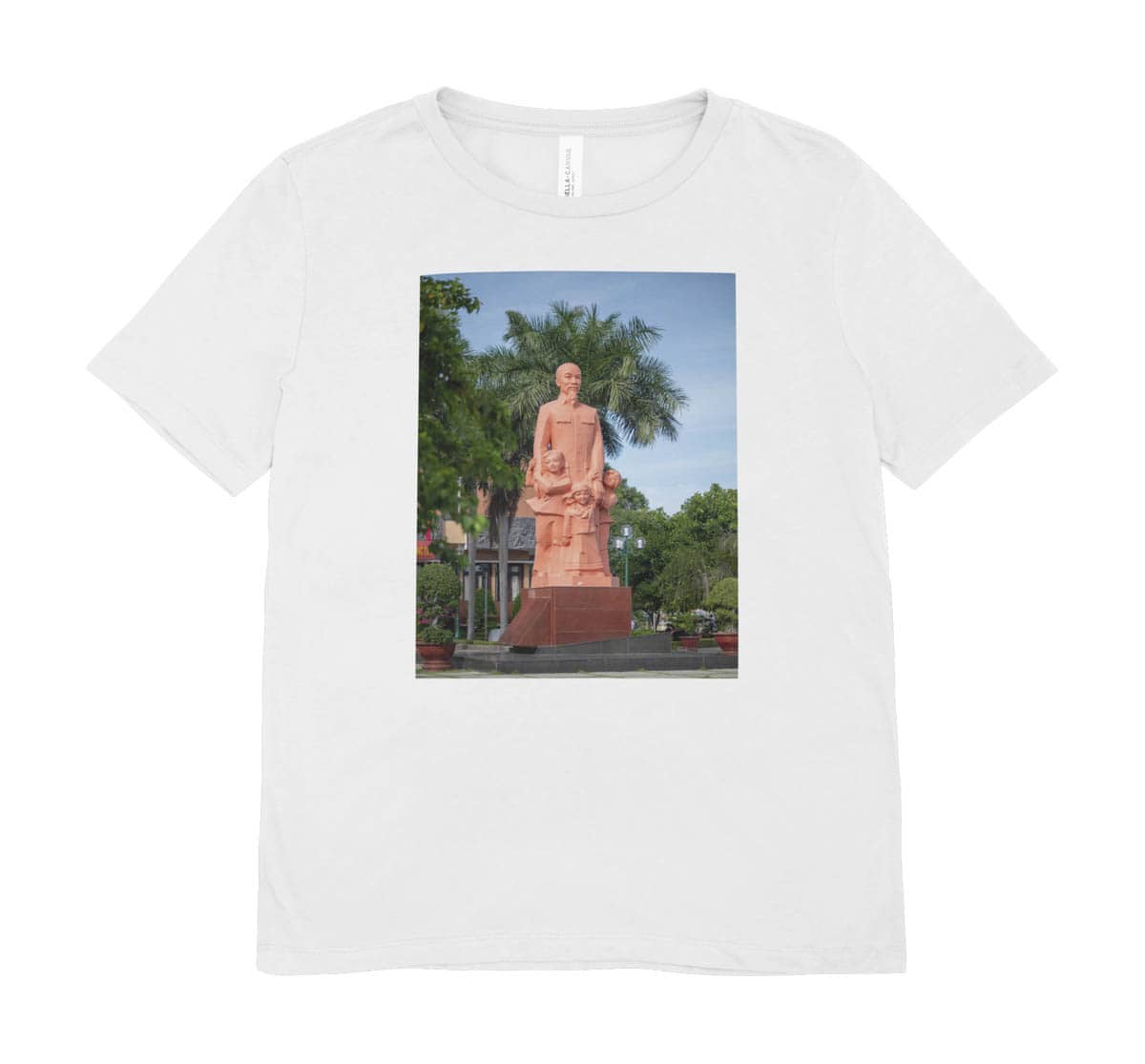
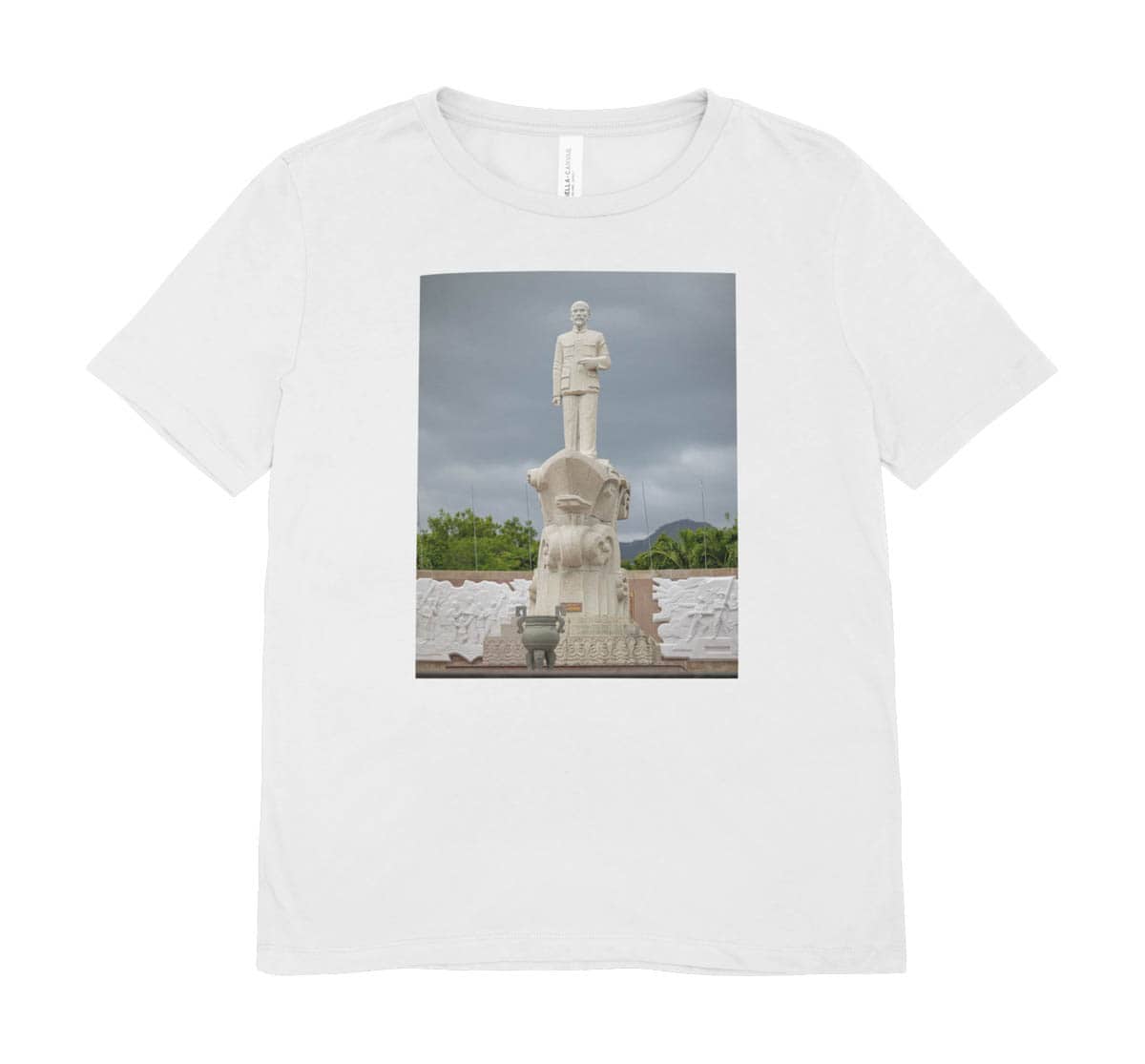







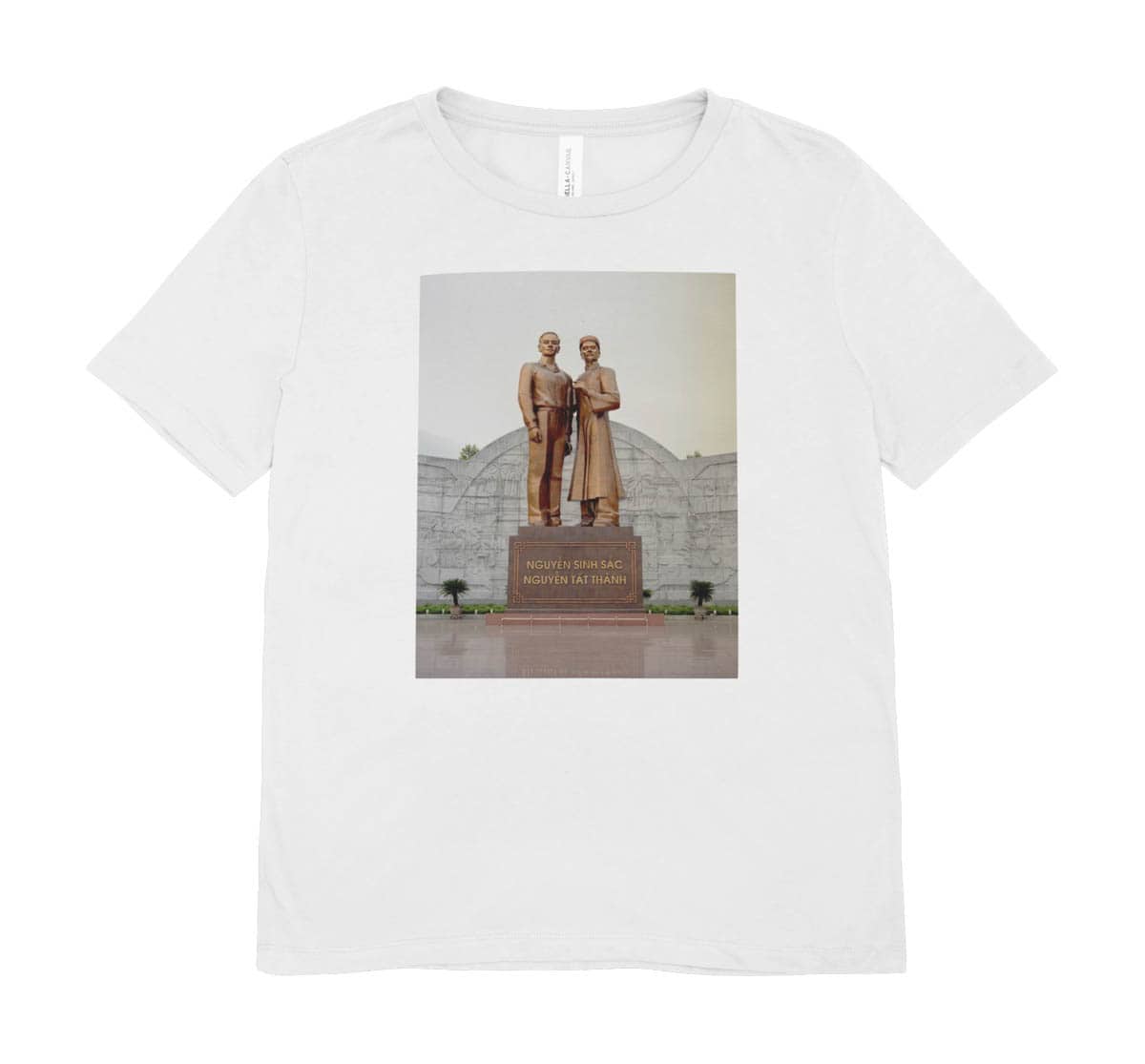
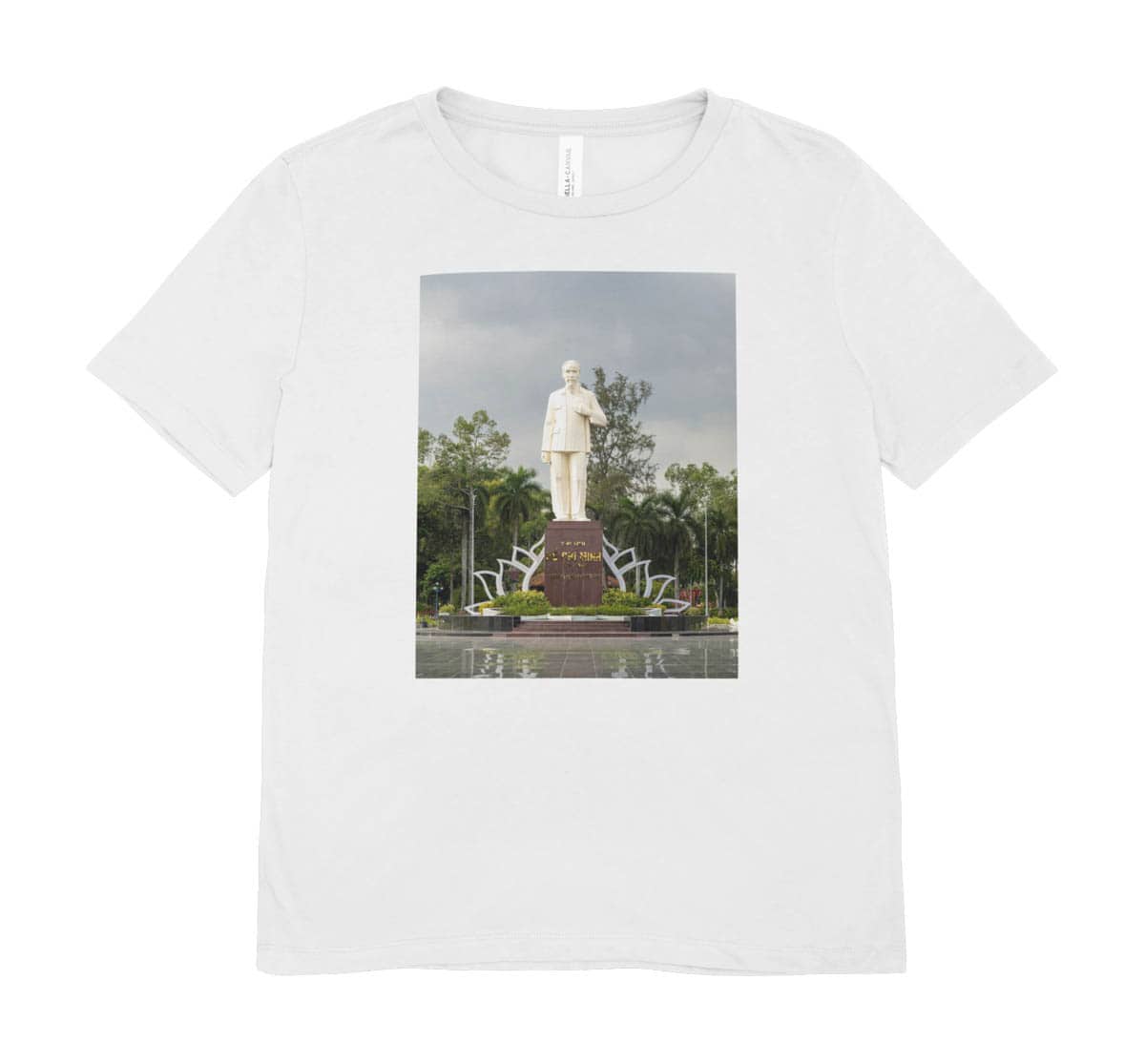
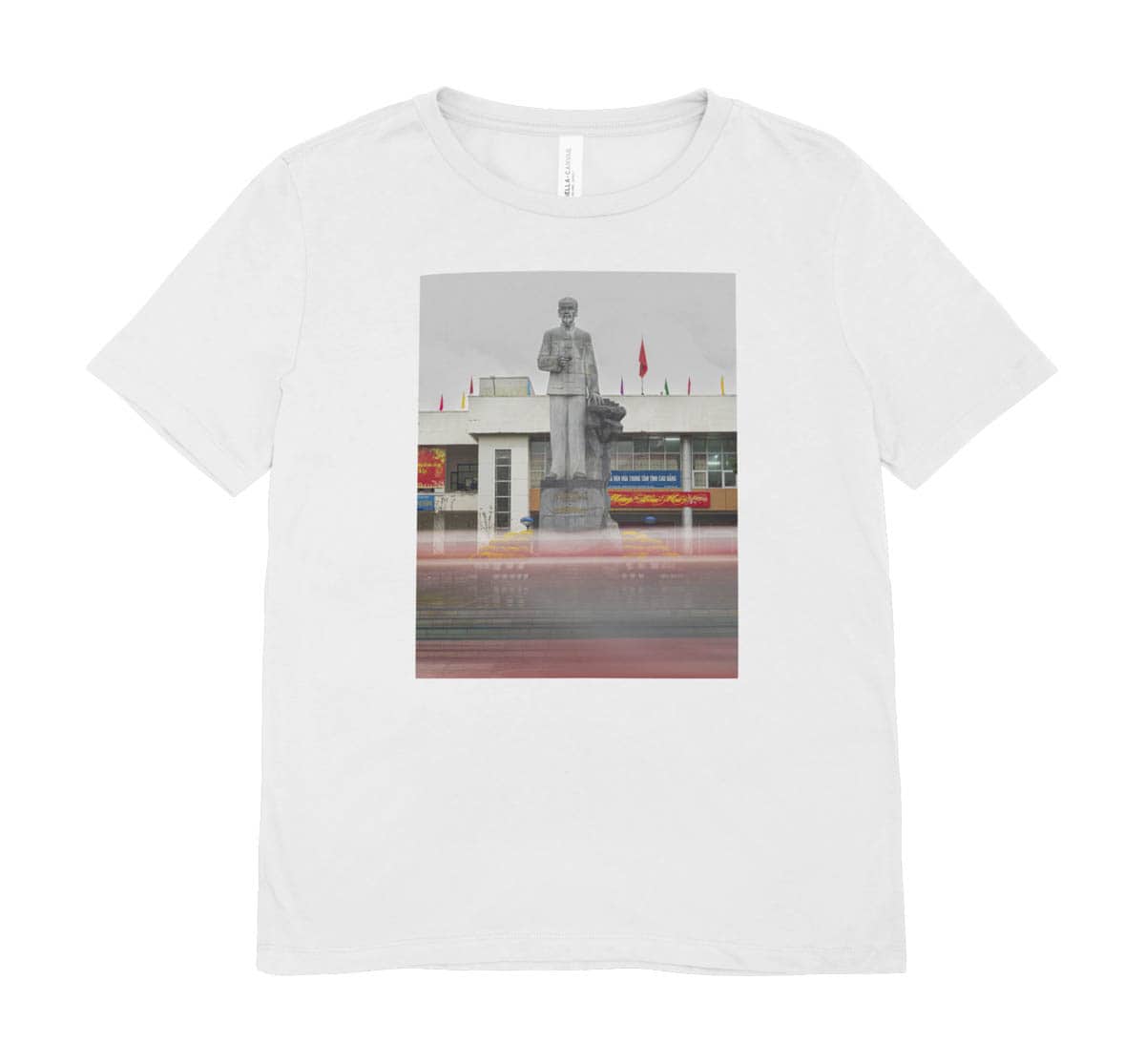
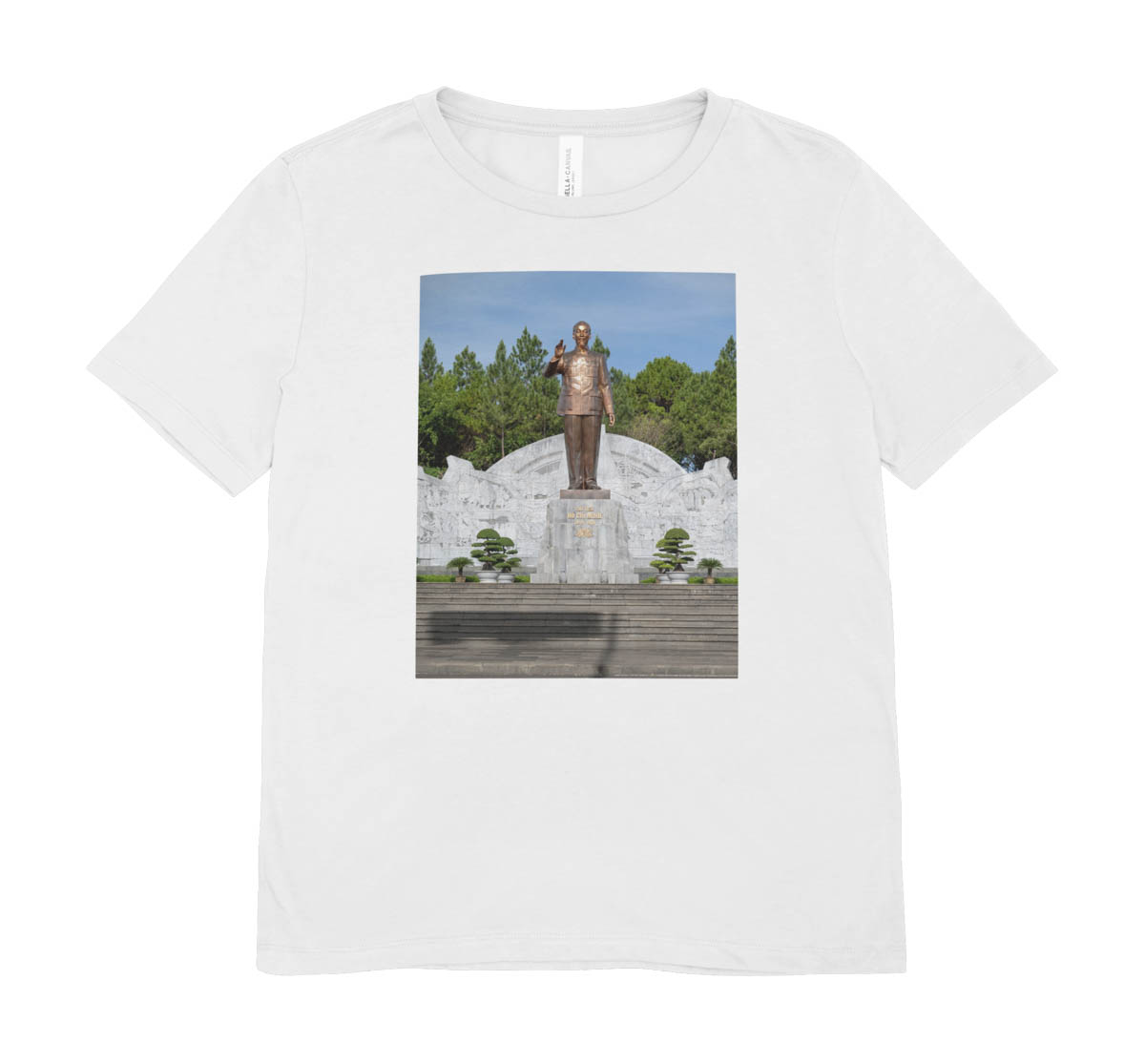


The Pose (2025)
Link to zine
The year 2025 marks two grand milestones for Vietnam: the 50th anniversary of the country’s reunification and the 80th anniversary of the founding of the Democratic Republic of Vietnam. Naturally, these historic moments have triggered a tidal wave of nationalism—at least on social media—where patriotic-style photos have suddenly become the ultimate expression of national pride. These carefully curated poses are now so ubiquitous across all platforms that they’ve practically become a sacred ritual for anyone hoping to appear sufficiently patriotic. Not wanting to disappoint my relatives—or risk falling behind the times—I’ve thoughtfully compiled a guide to the most popular patriotic poses. After all, nothing says “love for one’s country” louder than a perfectly staged Facebook post.
